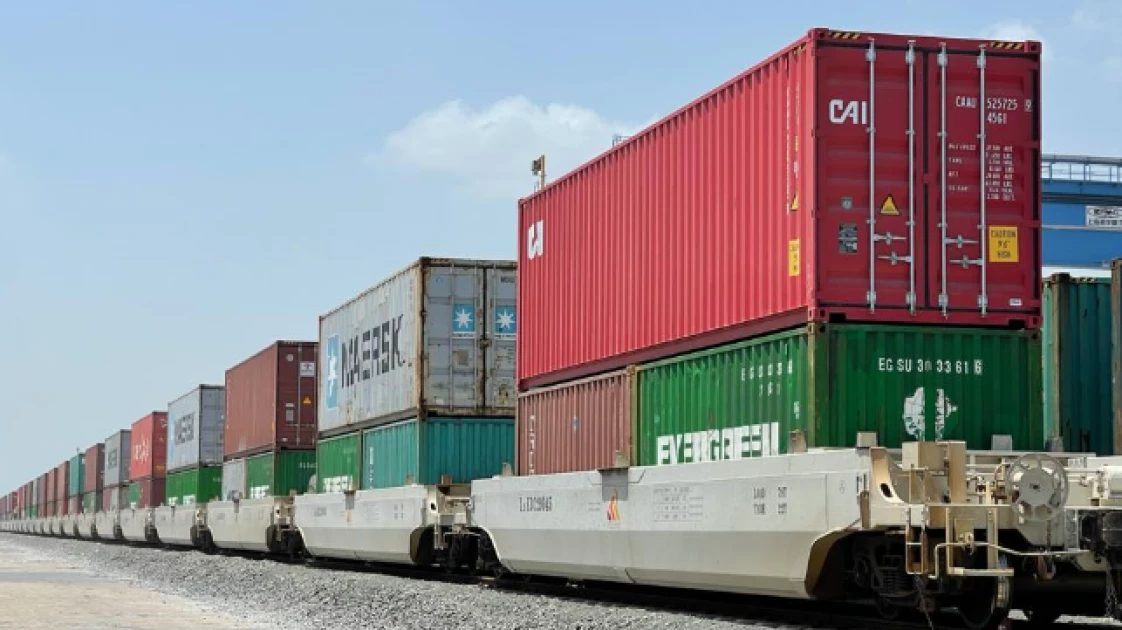Have port operations been moved from Mombasa to Nairobi and Naivasha?

Deputy President William Ruto has claimed
that the putting up of the Naivasha dry port was never meant to, “shift port
operations” and that if elected he will reverse the decision.
But Raila Odinga has been on Ruto’s case
accusing him of political deceit and doublespeak.
Now, Politicians will do the politics, they
will accuse each other of what was or was not said or done. But, let’s spend a
moment to have a look at the facts that are available and verifiable.
On 30th May 2017 President Uhuru Kenyatta
in the company of Deputy President William Ruto in Mombasa flagged off the
first Cargo train to ride on the new Standard gauge Railway, destination
Nairobi. At this time there had been talks of putting up a dry port in
Naivasha.
In December 2019, President Kenyatta
flagged off a cargo train from Nairobi to Naivasha marking the start of
operations at the Naivasha inland container depot.
In March 2019, the Kenya Ports Authority
had issued a directive that all cargo destined for Nairobi would have to be
ferried on the SGR.
There were protests in Mombasa by shippers
and transporters fearing loss of livelihoods. In November 2020 the High Court
suspended the directive requiring that public participation be conducted.
What is the truth about the claim that port
operations were moved from Mombasa to Nairobi and Naivasha?
All basic port operations still continue at
the Mombasa port, this includes berthing of ships and of course offloading. It
can only happen at where the sea meets the land.
Clearance of loose cargo, and motor vehicle
units remain in Mombasa. The clearance of containerized cargo that is destined
for Mombasa and the coast also remains there.
What operations are at the Nairobi inland
container depot?
An estimated 40 percent of the Mombasa port
volume is moved via the SGR. Much of it lands at the Nairobi ICD in Embakasi. Clearance happens here, meaning once a vessel
docks at Mombasa, the containers destined for Nairobi are transhipped to the
Cargo wagons on the SGR and moved straight to Nairobi for further processing by
KPA officials and select Container freight stations or CFS. This is what DP
William Ruto says should return to Mombasa.
Upon clearance, truckers pick up the
containers for onward transportation to the rest of the country.
This is the clearance point for cargo
destined for neighbouring countries like Uganda, Rwanda and South Sudan with
intention to expand to other countries within the East African community.
Reports indicate there are no CFS firms and
it is only KPA officials that are involved in Naivasha.
The Naivasha dry port is an expansive space
of about 1,000 acres. It has the capacity to process 2 million tonnes of cargo
every year and it was meant to be a catalyst for the Naivasha special economic
zone, an industrial hub dreamt about by the current administration.
What has been the impact of the shifts in
cargo processing from Mombasa to Nairobi and Naivasha?
Coast politicians say that the Container
freight stations economies were affected. Initially CFSs would handle up to 85
percent of the cargo docking at Mombasa, it is now down to about 20 per cent.
Some CFSs had to relocate some of their
operations to remain in business. Truckers and transporters had their
livelihoods affected especially with the reduced distance to cover if they have
to shift to pick up cargo from Nairobi.
But the movement has been good news for
port managers and some users. It was meant to decongest the Mombasa port and
improve its efficiency, which it has. Now cargo can be cleared within 48 hours
or at most 4 days. It was also meant to enhance revenue collection and rid tax
evasion.
With the expanded cargo capacity from
recent improvements, the Mombasa port handled 34.5 million tonnes of cargo in
2021 up from 27.3 million tonnes in 2016. The SGR cargo services earned 13
billion shillings in the year 2021. This is according to the Economic Survey
released by the KNBS.
In terms of revenue, the Kenya revenue
authority collected a high of 728 billion shillings from customs and border
control services in the financial year that ended 30th June this year. This is
up from 510 billion shillings in the 2019/2022 financial year. In 2017/2018
financial year the earnings from customs were 470 billion shillings.
And so, as the politicians compete for the
attention of coastal voters, what would be the impact of reverting the said
port operations to Mombasa?
There is a risk of port congestion and thus
inefficiencies, revenues could decline, there might be increased traffic on the
Mombasa-Nairobi highway should importers choose to take their cargo back to the
road. Jobs could be lost especially at the Nairobi and Naivasha ICDs once
operations are taken away.
But it could mean more business
opportunities for the truckers and CFSs based in Mombasa. And so, is it a
political question or an economic question? Be the judge.
Want to send us a story? SMS to 25170 or WhatsApp 0743570000 or Submit on Citizen Digital or email wananchi@royalmedia.co.ke
Comments
No comments yet.


Leave a Comment